602,000: Works on Housing
Urban Subjects residency and emergent exhibition
VIVO, Vancouver, Canada
February 25 – April 17, 2011In 1969 an exhibition of conceptual works, curated by Lucy Lippard for the Vancouver Art Gallery, took the population of Greater Vancouver, then 955,000, as its title. Forty-one years later, Urban Subjects’ exhibition, 602,000 refers to the median house price in Greater Vancouver in 2010. Just as Lippard’s title tallied something abstractly human in the representation of the city, 602,000 reflects the very human relations of housing, the transformation of public space, and artistic practices.
The video works in 602,000 formally represent housing and domestic space as integral to public space. Moving from the scale of the body to transnational spaces of movement, these videos carefully build an aesthetic argument that housing is central to the right to the city. These works—located in Vienna and Bratislava, Madrid, Caracas, and the Nether¬lands— show housing and dwelling are spatial and public acts. A new video work from the neighbourhood of Gramoven in Caracas compellingly illustrates how the urban com¬munity councils have established autogestion (or self-management) in all spheres of daily life.
While residing at VIVO, Urban Subjects are collaborating with the 2011 Olympic Tent Vil¬lage Coalition to mount a video installation in the front windows. The installation is situ¬ated in conversation with a photo-mural of Recidencias Mirador, a social housing project in Madrid, realized by the Dutch architects MVRDV.
February 25, 2011: Bitter/Weber : “Z_orb (1998/2000), Splitting & Stacking (2000), Border≠0 (1998), Framing Location (1997)”
March 18, 2011: Urban Subjects: “But life is not changed magically by a poetic act”
April 17, 2011: Neil Smith: “On the Revolutionary Imperative”

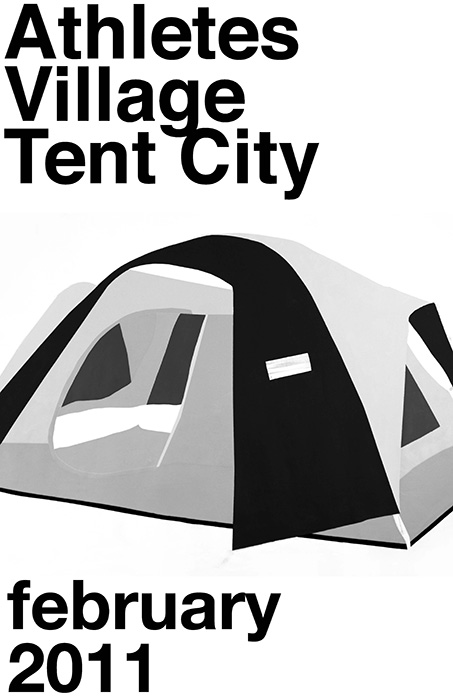
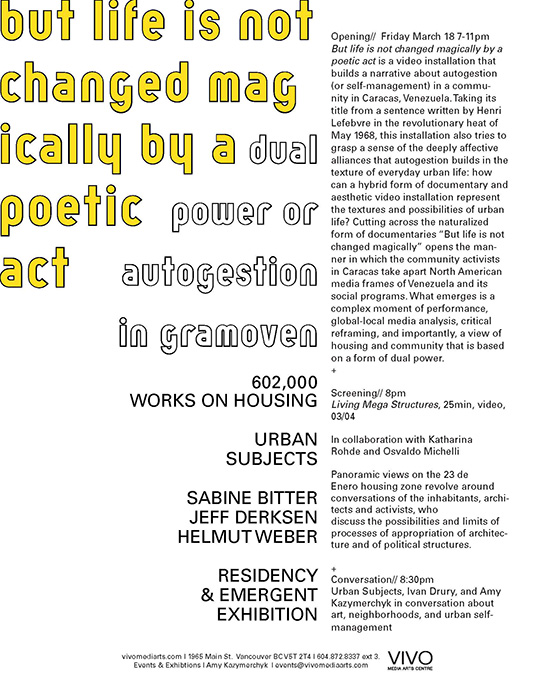
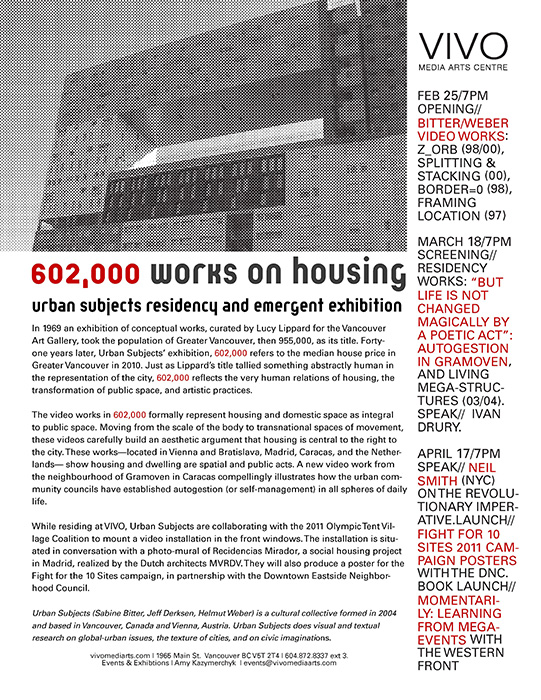
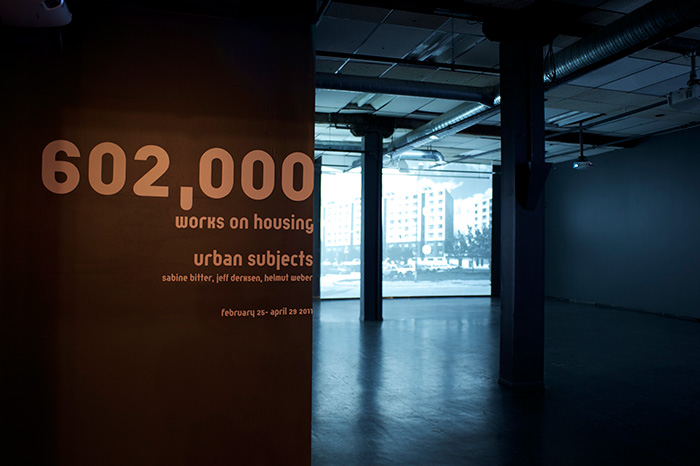
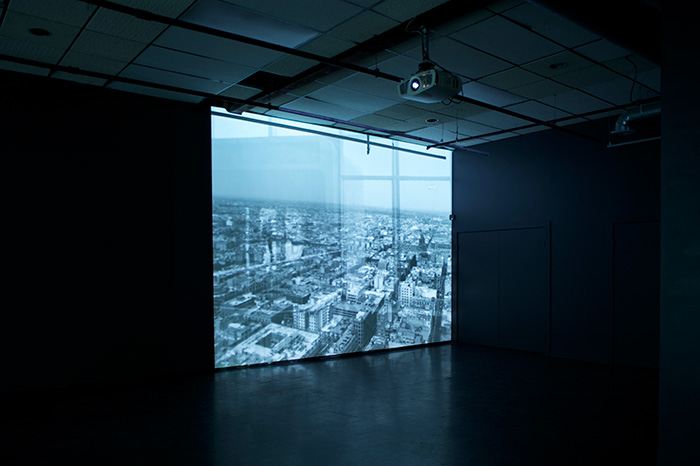
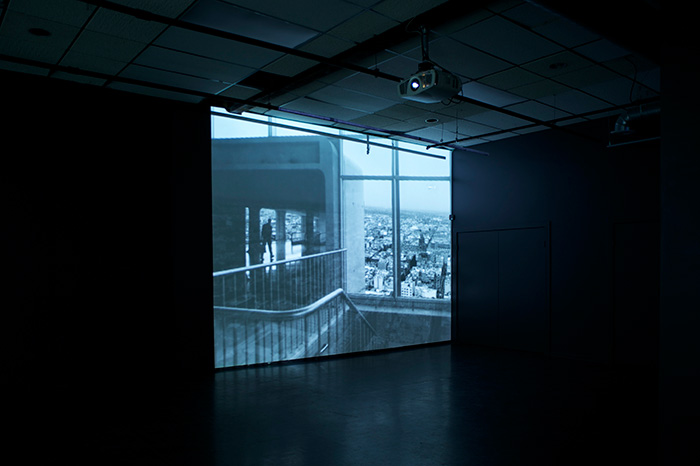
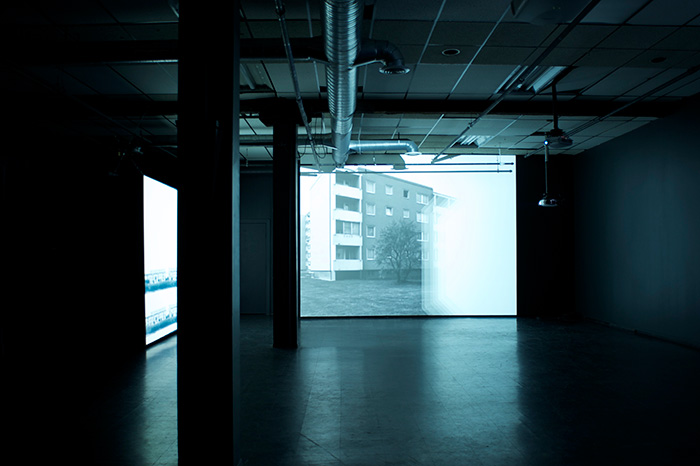
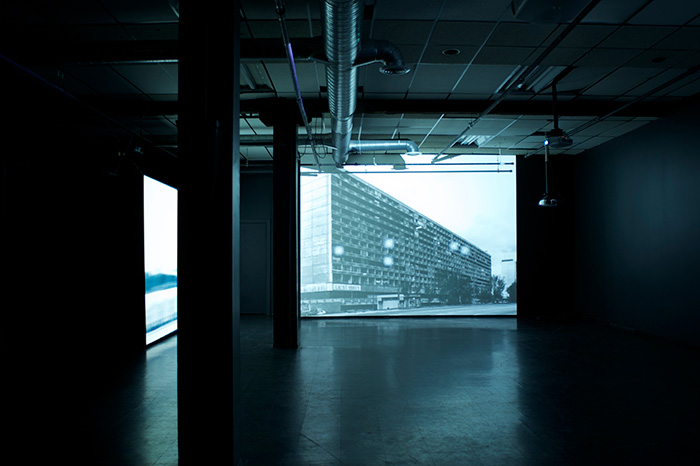
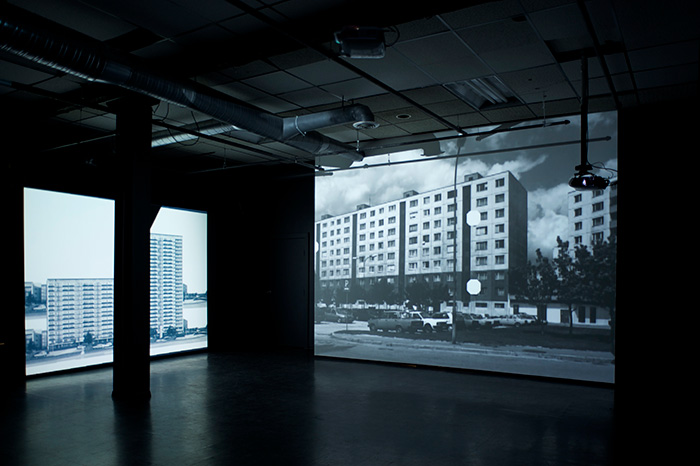
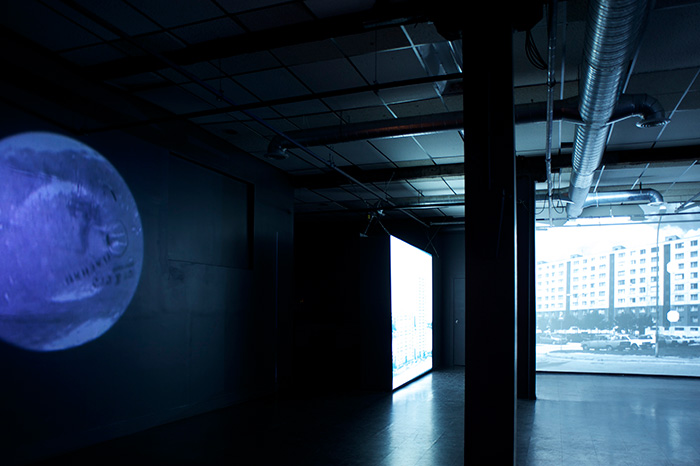
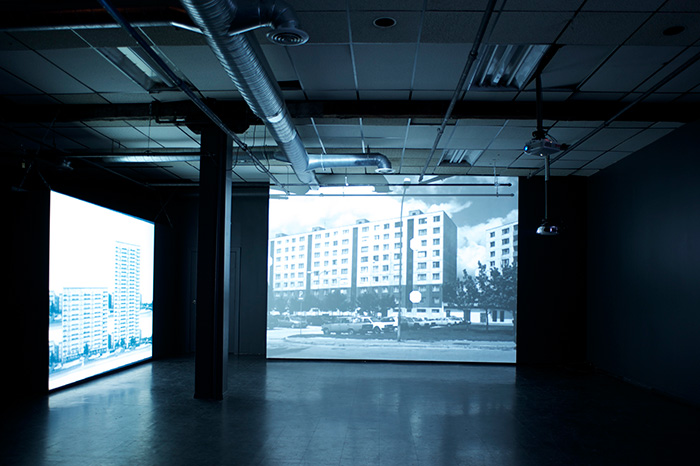
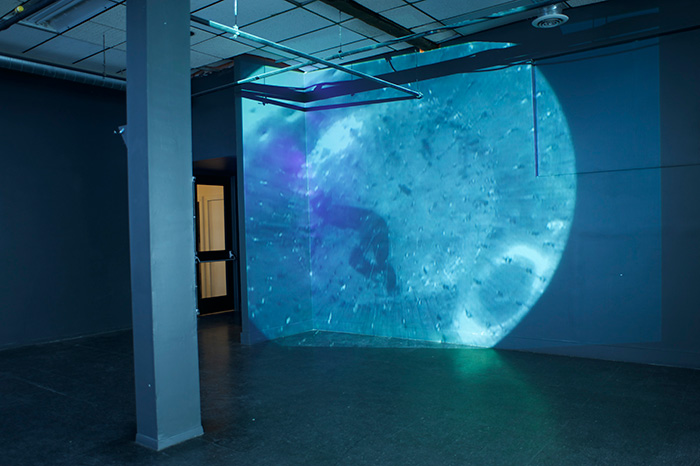
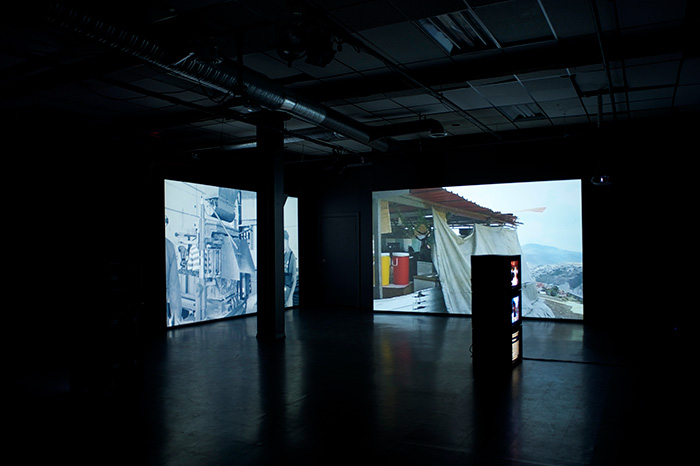
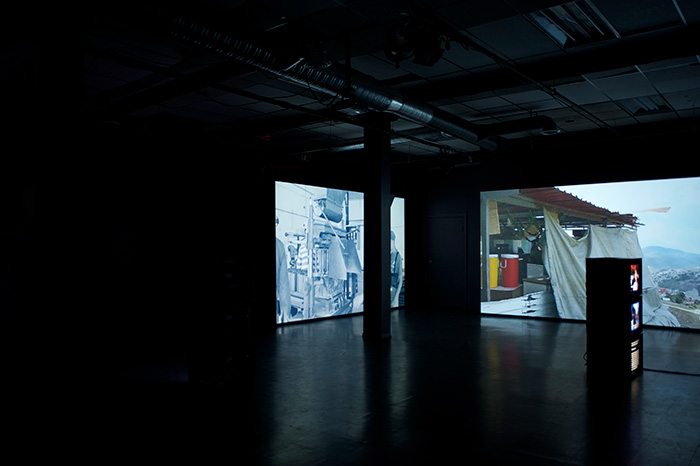
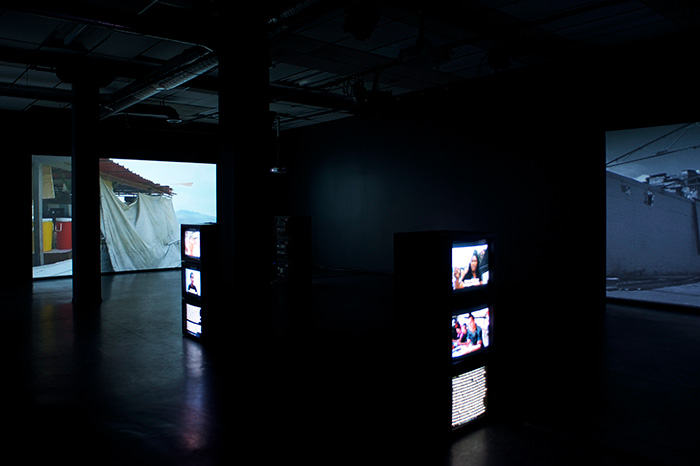
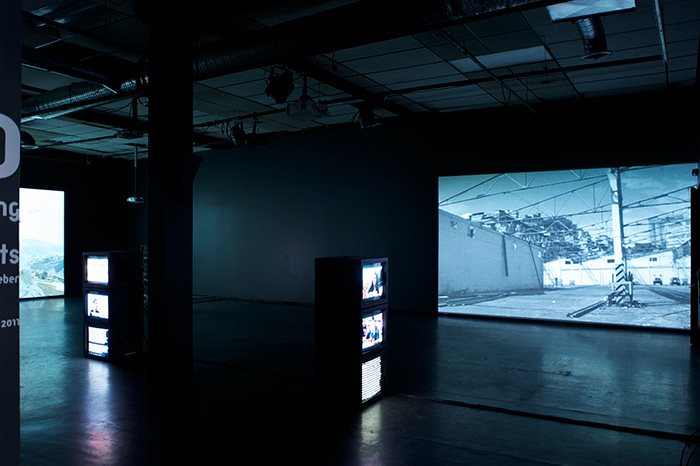
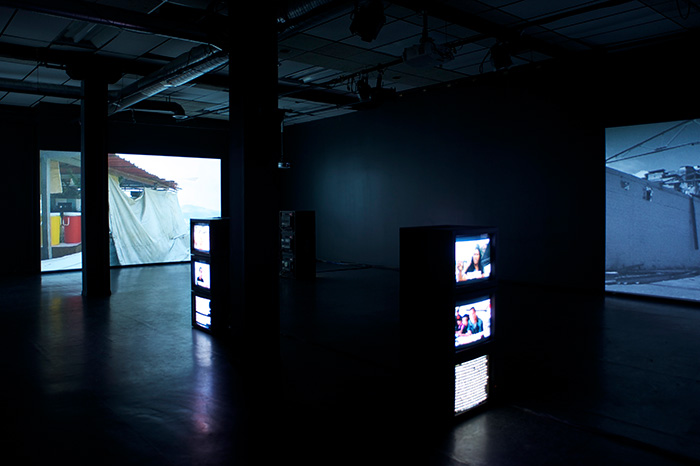
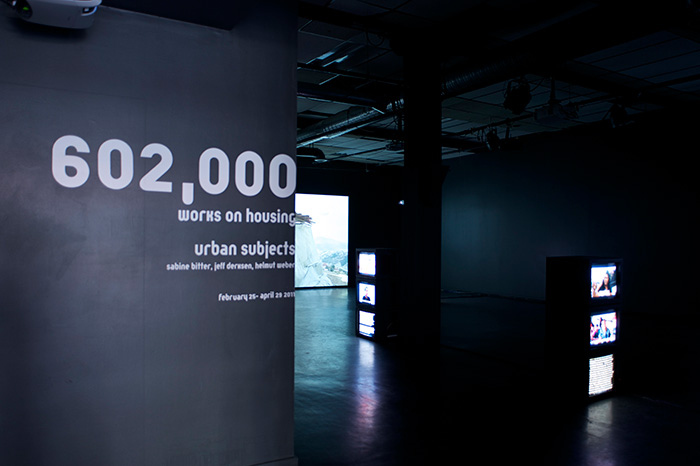
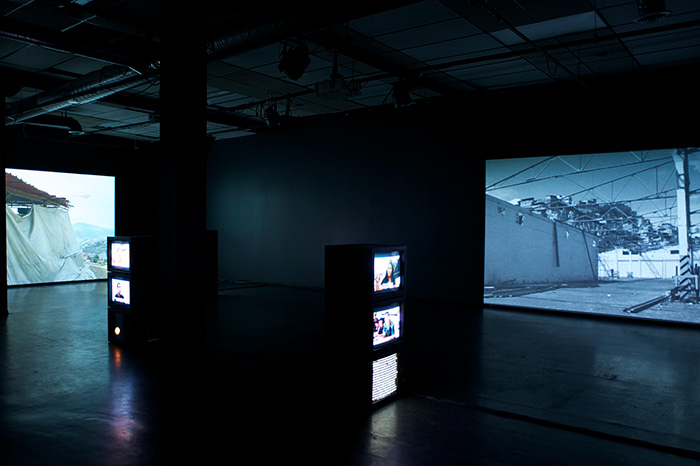
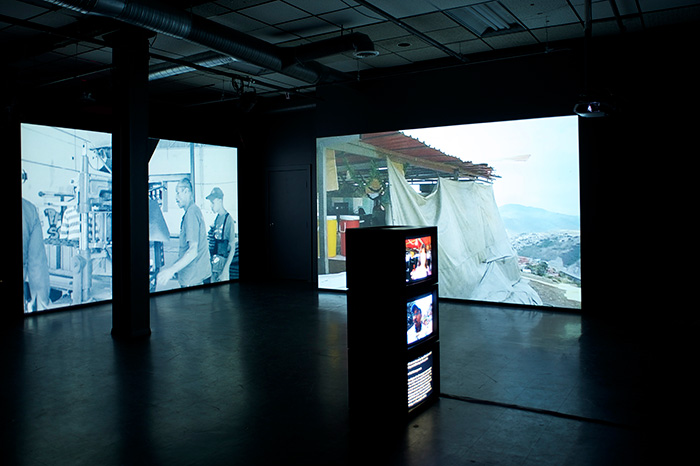
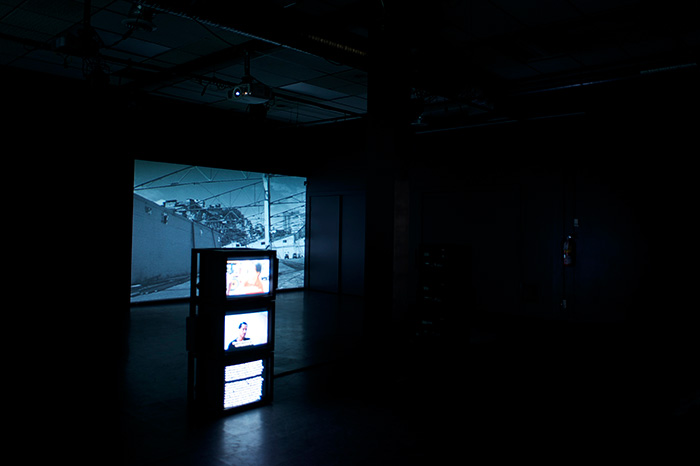
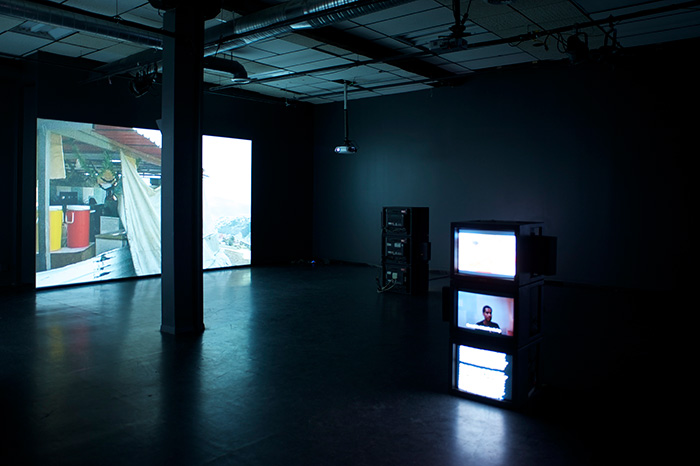
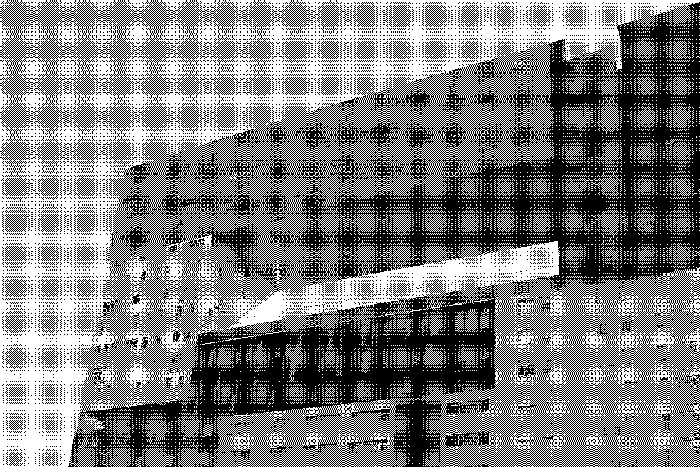
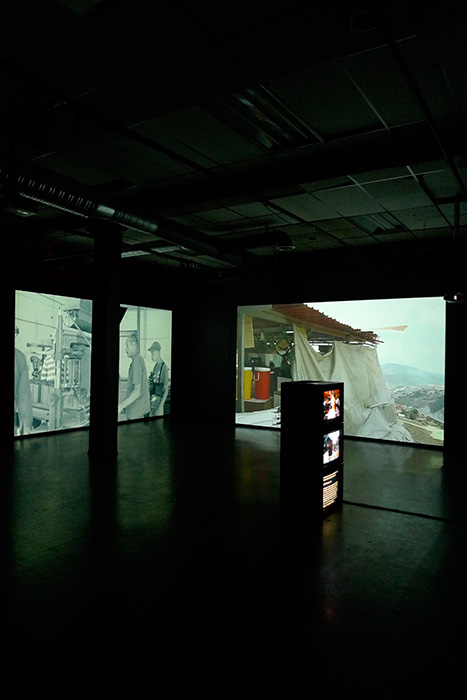
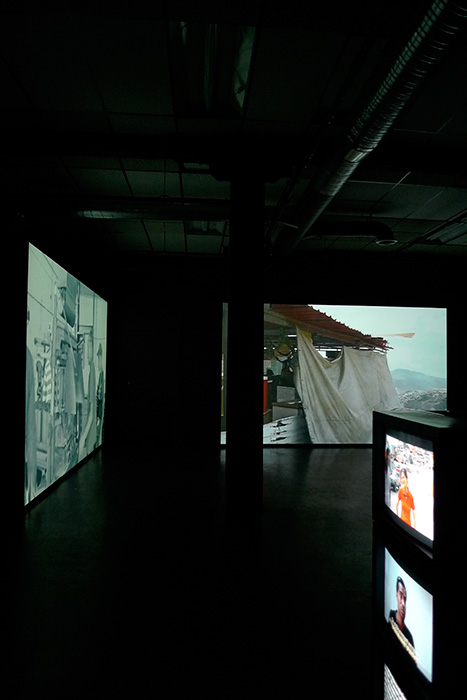
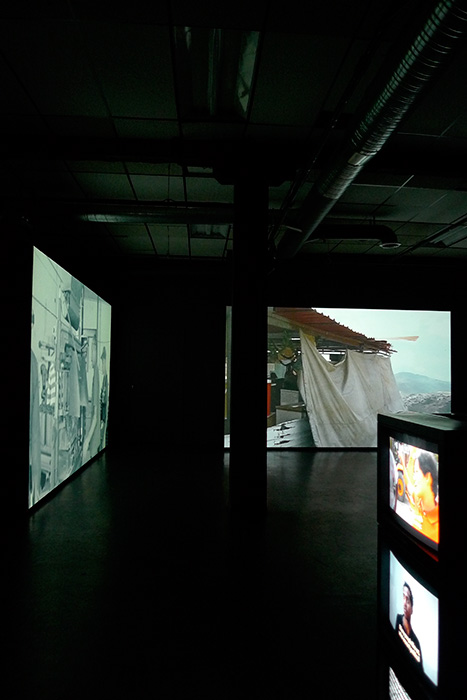
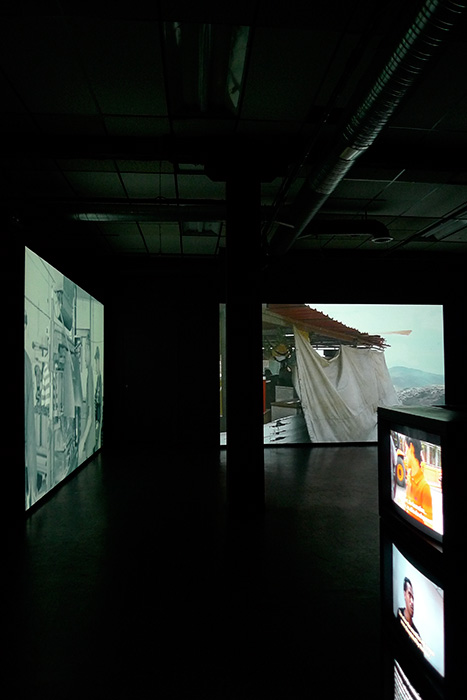
Short description
________________________________________________________________________________________________________________________________________________
602,000: Works on Housing
Urban Subjects residency and emergent exhibition, VIVO, Vancouver, 2011
February 25, 2011: Bitter/Weber :”Z_orb (1998/2000), Splitting & Stacking (2000), Border≠0 (1998), Framing Location (1997)”
March 18, 2011: Urban Subjects: “But life is not changed magically by a poetic act”
April 17, 2011: Neil Smith: “On the Revolutionary Imperative”
http://www.vivomediaarts.com/air-urban-subjects-602000-works-on-housing/
In 1969 an exhibition of conceptual works, curated by Lucy Lippard for the Vancouver Art Gallery, took the population of Greater Vancouver, then 955,000, as its title. Forty-one years later, Urban Subjects’ exhibition, 602,000 refers to the median house price in Greater Vancouver in 2010. Just as Lippard’s title tallied something abstractly human in the representation of the city, 602,000 reflects the very human relations of housing, the transformation of public space, and artistic practices.
The video works in 602,000 formally represent housing and domestic space as integral to public space. Moving from the scale of the body to transnational spaces of movement, these videos carefully build an aesthetic argument that housing is central to the right to the city. These works—located in Vienna and Bratislava, Madrid, Caracas, and the Netherlands— show housing and dwelling are spatial and public acts. A new video work from the neighbourhood of Gramoven in Caracas compellingly illustrates how the urban community councils have established autogestion (or self-management) in all spheres of daily life.
While residing at VIVO, Urban Subjects are collaborating with the 2011 Olympic Tent Village Coalition to mount a video installation in the front windows. The installation is situated in conversation with a photo-mural of Recidencias Mirador, a social housing project in Madrid, realized by the Dutch architects MVRDV.
Long description
________________________________________________________________________________________________________________________________________________
602,000: Works on Housing
In 1969, Lucy Lippard curated a show of “wall-works, earthworks, and sculptural pieces, as well more idea-oriented works” that caught the emergent moment of conceptual art. This show traced a north-south relation of conceptual art, linking the Americas: initiated in Seattle, moving to Vancouver in the first weeks of 1970 and later to Buenos Aires in 1973, this show took the population of each city at the moment of the exhibition as its title. The exhibition in Vancouver (housed in the Vancouver Art Gallery and in the Student Union Building at UBC, with outdoor work throughout the city) was simply the number 955,000, reflecting the population of Greater Vancouver. Lippard’s numeric and sociological titles reflected conceptualism’s turn against expression as well as a turn toward cultural and social critique that was a strong aspect of conceptualism in the late sixties. Intriguingly the titles are both grounded and abstracted.
Forty-one years later, and from the terrain of post-conceptualist practices, we have used this numerical impulse to frame our residency at VIVO. Our number, 602,000 refers to the median house price in Greater Vancouver in 2010. This home price, designated “severely unaffordable” as it is almost 10 times the median household income, is the highest amongst the 300 international and Canadian cities studied in the Demographia International Housing Affordability Study. Yet, why this economic fact as the title for an exhibition? We understand that economic facts are both indexes and distortions of everyday life and, just as Lippard’s title grabbed a number that reflected something human representation of the city, the number 602,00 reflects the very human relation of housing, the transformation of public space, and the urgency of artistic practices.
In reaching back to refer to a show that is important to Vancouver’s cultural history — a show which drew conceptual practices in Vancouver into the flurry of conceptual works internationally — we also intend to point to both a shift in conceptual and post-conceptual practices and a shift in the lived experience of public space. While Lippard is clear in locating the possibilities of conceptualism at that time, for her, in the “political ferment” of the times, a counter-narrative of conceptualism sees it challenges welcomed and absorbed by the very institutions it sought to critique. We would argue that this is simply one of the processes of culture and capital, that there are no real failures that can heroically be resurrected in legacy of conceptualism. But, what openings did conceptualism open that post-conceptualism can play though? In writing of institutional critique, Sabeth Buchman defines one such opening: “Although this goal was never achieved, Conceptual art was successful in establishing the idea that instead of being measurable in terms of the fact of material production, the form of art’s symbolic value should equally be open to calibration using scales of social productivity: what traditionally was identified with art in categories of object-based works was put forward here as an avant-garde demand for art as a form of communication that generates publicness” (179). We feel that this aesthetic-social question is made much more urgent by a new set of spatial questions regarding where publicness might be generated. We reject the notion of a staic public sphere that negotiates between the state and civil society in reasonable debate and instead think of the ways publicness produces public space that is includes “recognizable geographies of daily movement, which may be local, regional, or global, but they include electronic and institutional ‘spaces’ that are every bit as palpable, if experienced quite differently, in daily life” (Smith and Low 3). This shift from public sphere discourse to an idea of publicness and public space bring us to the central organizing friction of 602,000 – housing. We would argue that housing has become the nexus where the possibilities and closures of everyday life intersection – and where the lived experience of public space is negotiated. This appears counterintuitive: why would housing, traditionally associated with the domestic sphere be the nexus where that shapes public space? To put it simply, in an “ownership society” (a phrase rolled out fiercely from 2001 to today) such as we have today, and in an economy that is nervously tied to the housing market such as Vancouver’s has become, the building, marketing, sales and ownership of domestic space determines the possibilities of public space. Private space is produced in conjunction with private housing; this in turn alters the geographies of daily movement and, of course, public space.
Housing and notions of dwelling are at the heart of an ownership society, yet they are often stripped of their poetic and aesthetic possibilities. We see the terrain of post-conceptual practices as the discursive site where some of these possibilities might be brought back and asserted. Likewise, such practices might spur a political-aesthetic imagination about what housing could be. In the works we present and recirculate for VIVO we hope to show that the domestic space can be integral to public space and that housing is central to the dynamism of the right to the city.
The videos in this emergent exhibition move from the scale of the body on up to transnational spaces of movement. One aspect of these works specifically emphases housing that is public in various ways – from Vienna and Bratislava, to Madrid and Caracas, and to a planned community in the Netherlands. This publicness is made through the act of dwelling rather than given by the state. The public housing blocks of Vienna and Bratislava – so often seen as grey and lifeless social warehousing – are shown to be hubs for immigrant communities whose make public spaces via satellite technology; the splitting and stacking (taking an aesthetic cue from Gordon Matta-Clark) of single-family dwellings planned by the state draws a formal relationship between super-blocks and smaller-scale housing.
“But life is not changed magically by a poetic act” is a new video work from the neighbourhood of Gramoven in Caracas, Venezuela, and enagages with how the community council has established forms of autogestion (or self-management) in all sphere of daily life – from housing, to food, to sport, to family management.
Taking its title from a sentence written by Henri Lefebvre in the revolutionary heat of May 1968, this installation also tries to grasp a sense of the deeply affective alliances that autogestion builds in the texture of everyday urban life: how can a hybrid form of documentary and aesthetic video installation represent the textures and possibilities of urban life?
It sets documentary interviews, architectural and urban establishing shots, and textual elements in dialogue. Using long takes of an expropriated Coca Cola bottling plant, a small community-run brick making factory, and vernacular architecture in the barrio Gramoven, and setting these in dialogue with interviews of members of community councils in Caracas who are actively altering forms of community organizing and urban governmentality, Urban Subjects have created an installation that pursues an argument spatially, didactically, and poetically.
Cutting across the naturalized form of documentaries “But life is not changed magically” opens the manner in which the community activists in Caracas take apart North American media frames of Venezuela and its social programs.
What emerges is a complex moment of performance, global-local media analysis, critical reframing, and importantly, a view of housing and community that is based on a form of dual power.
http://www.vivomediaarts.com/air-urban-subjects-602000-works-on-housing/